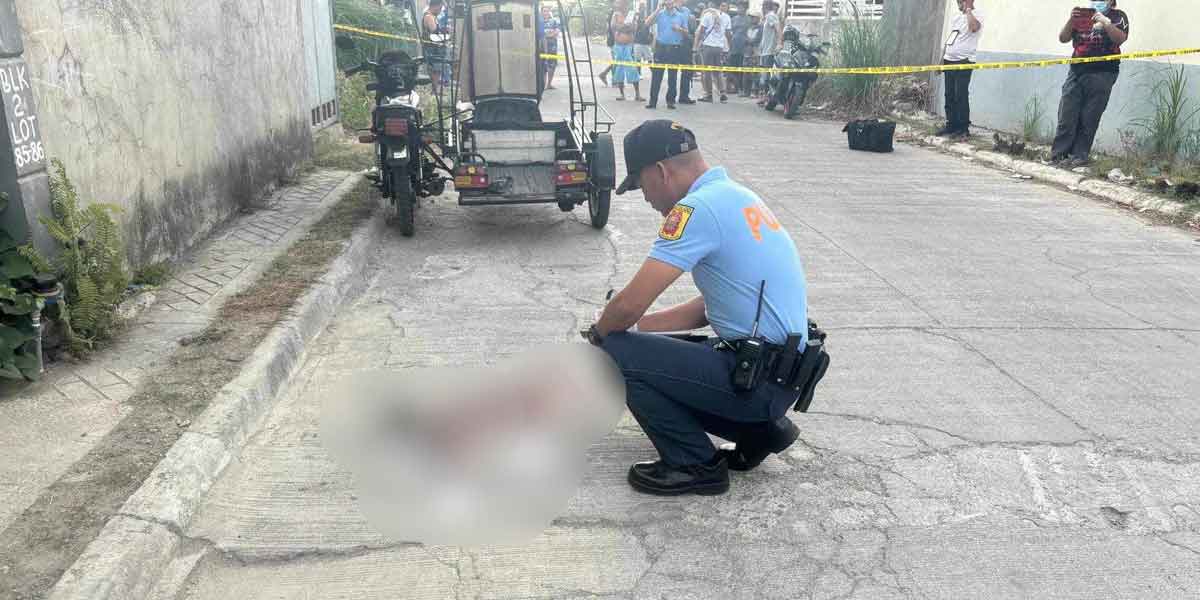
By Joseph B.A. Marzan
The National Irrigation Administration-Region 6 (NIA-6) on Friday said that farmers are free to draw water from their own sources and plant at their own risk amid intensifying heat and dry season due to the looming El Niño phenomenon.
NIA-6 spokesperson Danielle Pijuan told Daily Guardian on Air that they checked rivers where irrigation water is mainly drawn from.
Pijuan said there is no irrigation for this season as the second cropping ended between February and March.
The agency takes advantage of this “lull” to do maintenance repair and rehabilitation of irrigation systems to ensure that irrigation continues in future crop seasons.
“At around this time annually, we close our irrigation systems to do the repair and rehab of our irrigation canals. Right now, even if we don’t provide water, we don’t worry because our farmers know that we don’t irrigate these days,” Pijuan said.
But Pijuan took note of the current fears of water shortage, stating that farmers were well aware of NIA’s annual closures of their irrigation canals.
She cited water levels as of last weekend (March 24 to 26, 2023) including that of Suague River (0.24 meters), Santa Barbara canal (15 centimeters), and Antique rivers which she said have completely dried up.
“If they want to plant at this time, it is a risk on their part because we cannot provide irrigation water. So, what they do sometimes is that they [drill deep wells] so that they have irrigation, but that’s on their part. We annually close the [irrigation canals] for maintenance work,” she explained.
“Only Aklan and Negros Occidental rivers have a lot of water. Negros Occidental has third cropping, so we still irrigate in Negros because the water is seemingly good there,” she added.
Pijuan said yearly routine maintenance aims to ensure that the region has enough water supply come May 1, when they reopen the irrigation canals except for their Jalaur system which would reopen on June 1.
If the current weather conditions do affect the water supply by that time, she said they would be ready with a rotational irrigation scheme.
“Whether or not water would be plenty from our sources, we will open the irrigation systems [by May 1], however, our operations section will only prioritize those areas which can be reached by water. If water is scarce, we cannot open all sources and then tell farmers to start land preparations, because their crops might not get water,” she said.
“There will be measures where we will identify areas which will be reachable by water based on the level of water in our dams, and then, we will rotate that gradually until we can reach the tail-end of our service areas. But we will adjust the cropping calendar so that they wouldn’t get [water] all at the same time,” she shared.
The irrigation system in Anilao town’s Barangay Medina, she said, is still under repairs after the destruction brought by last year’s Typhoon Paeng.
“Unfortunately, these situations where natural disasters destroy our irrigation systems, we still have to propose for this year’s budget for repair. If they get destroyed, we don’t have the funds for repair [outright]. We still have to ask for the budget and prepare a program of work,” she stated.
NIA-6’s data indicated that it serves 58,874.37 hectares of irrigated areas in Western Visayas being maintained as of 2022, benefitting 76,100 farmers.
The biggest service area is in Iloilo province with 28,342 hectares tilled by 20,898 farmers.
Water for irrigation in the province is sourced mainly from four river systems maintained by the NIA-6 – the Aganan-Santa Barbara irrigation system, Jalaur-Suague irrigation system, Sibalom irrigation system, and Barotac Viejo irrigation system.
Other sources of water include communal irrigation systems drawing water from smaller creeks and natural canals.
Solar-powered pumps also assist in drawing water to smaller areas unreachable by national and communal irrigation systems.
Department of Agriculture-Western Visayas (DA-WV) Regional Director Jose Albert Barrogo said Tuesday that they are bracing for a possible El Niño phenomenon in the region.


















